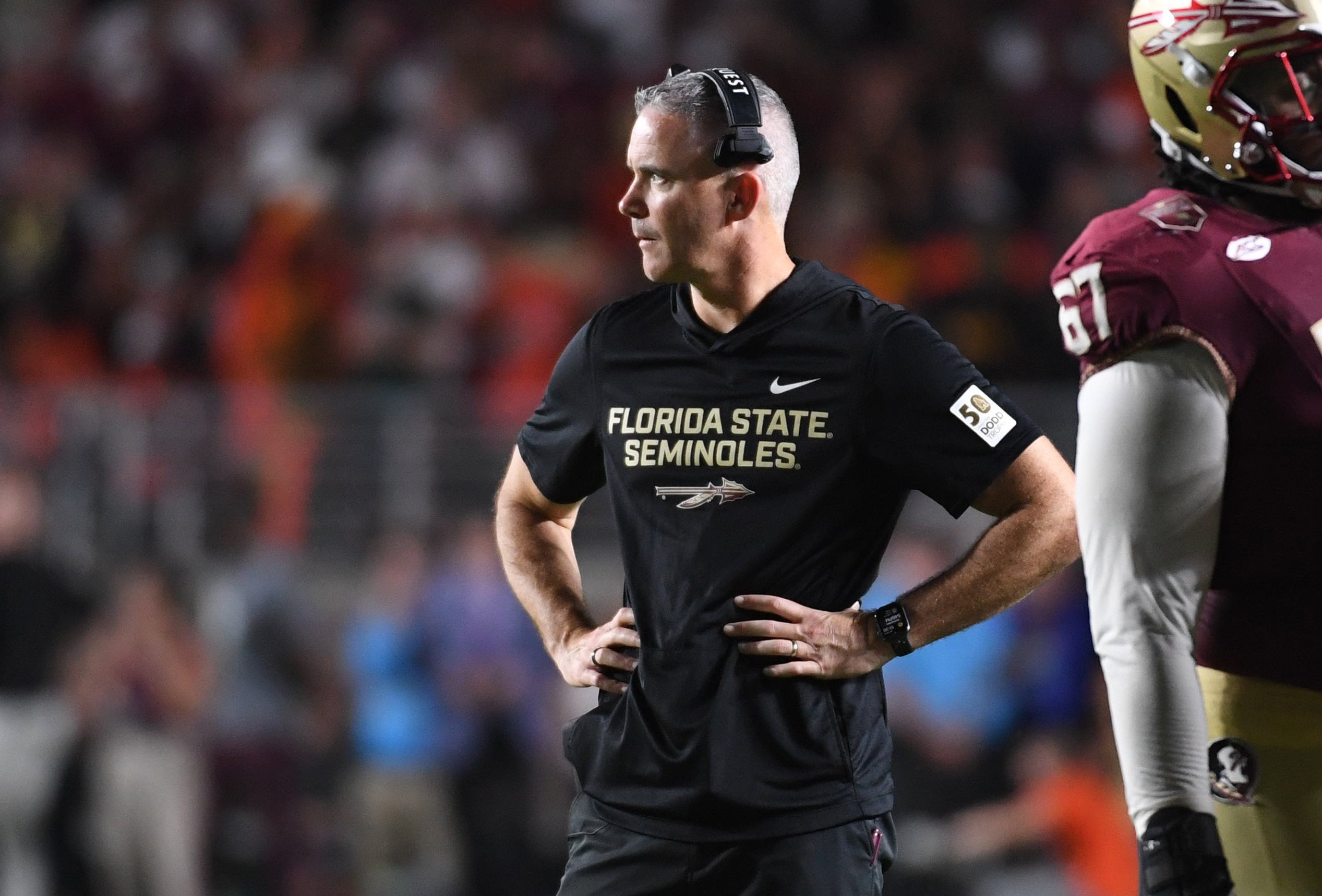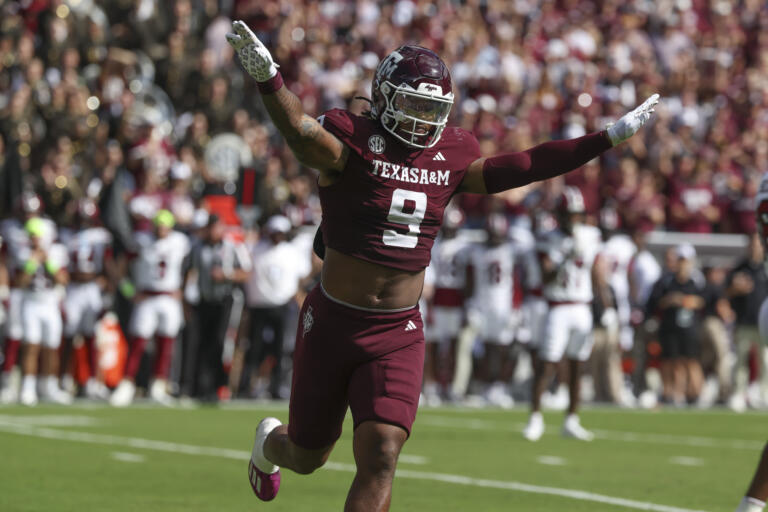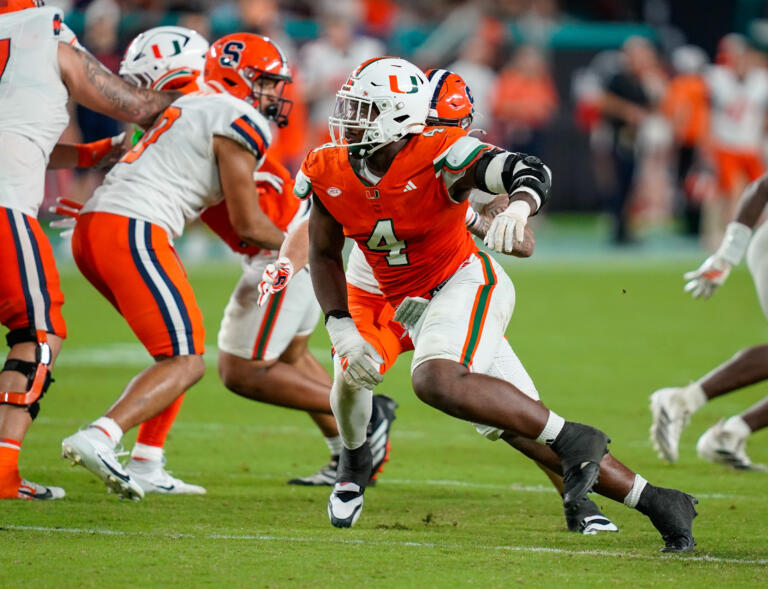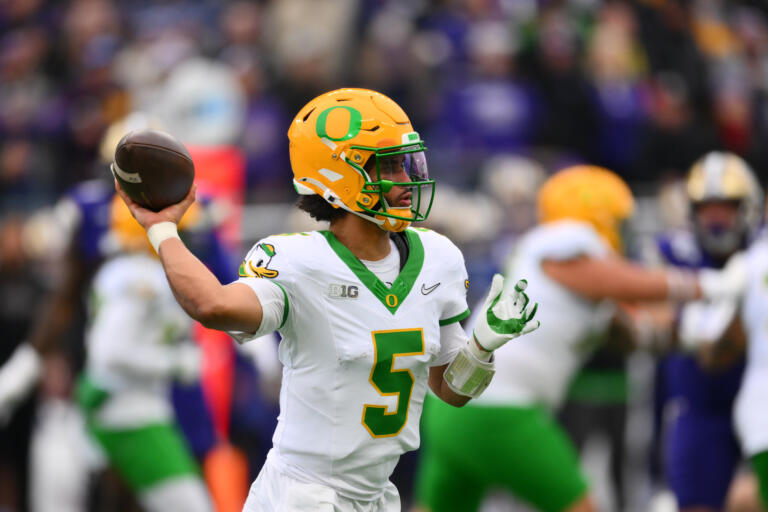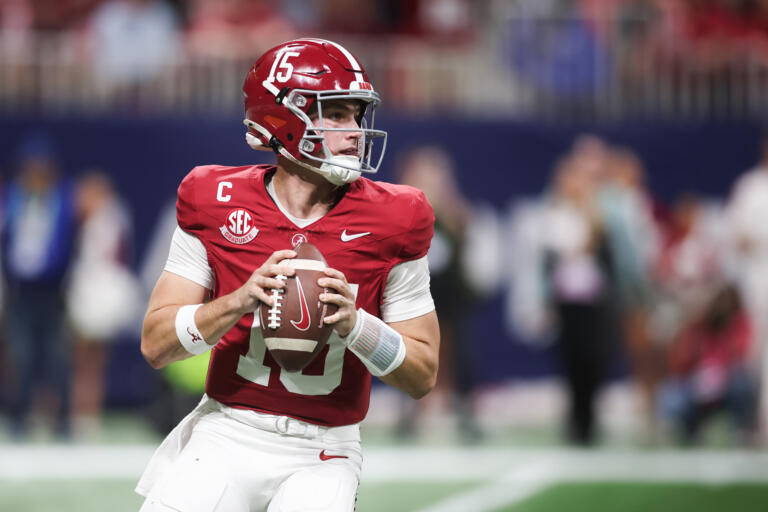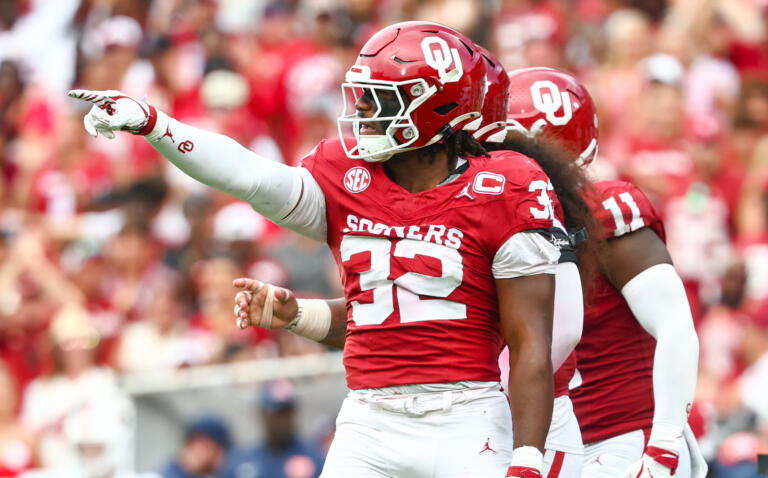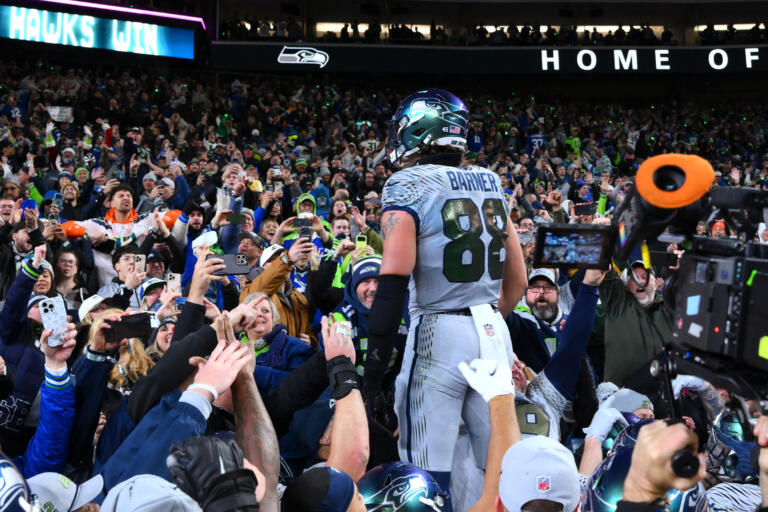TALLAHASSEE — It was the sort of Sunday-morning hangover the Florida State faithful have rarely known over the past half-decade. In the glow of a stunning Week 1 upset, the Seminoles seemed to believe they were suddenly in another orbit — national contender, dark-horse playoff spoiler, program reborn. But six weeks into 2025, at 3-2 (0-2 ACC), that feeling now feels less like fate and more like fantasy.
Make no mistake: this is a better Florida State team than the one that limped to 2–10 in 2024. Mike Norvell deserves credit for salvaging something approaching respectability. But anyone treating the 31–17 upset of No. 8 Alabama as anything more than a perfect-storm outlier is setting themselves — and this team — up for disappointment.
The Bama Game: Glory, But Not a Gold Standard
Let’s set the scene. Alabama rolled into Tallahassee as a heavy favorite, missing its starting running back and center. It was raining. Florida State brought in a new quarterback (Tommy Castellanos), a new offensive coordinator (Gus Malzahn), and a roster rebuilt largely via the portal. All of it added up to turbulence — for the Tide more than the ‘Noles. FSU took advantage.
Castellanos completed 9 of 14 passes for 152 yards and added 78 yards on the ground with a rushing score. The offense stacked 230 rushing yards. The defense held Alabama to just 87 rushing yards — the Tide’s lowest in an opener since 1975. FSU scored 24 straight points, forced fourth-down stops, used reverses and gadget plays, exploited pass interference calls, and largely jammed up Alabama’s rhythm. It was the kind of outcome that makes highlight reels and late-night talk show fodder.
But it also required every single favorable condition falling FSU’s way. Alabama’s missing pieces. The weather neutralizing a pass-heavy attack. Home-field energy. A quarterback playing the game of his life. That’s not a foundation — that’s a miracle.
What’s striking is how little FSU improved from that peak. In fact, it seems to have regressed in some ways. Teams watched the tape. They adapted. And Florida State, by all appearances, responded too slowly.
The Cupcakes: Brutal Blowouts, But Low Value
Weeks 2 and 3 were instructive in a different sense. FSU feasted on two soft opponents — East Texas A&M (77–3) and Kent State (66–10) — putting up video-game numbers on offense. In the ETAM rout, the Seminoles scored on 10 straight drives and set program marks for tactical dominance. But those games proved one thing: FSU’s ceiling was still defined by what it could do against inferior talent. The habit of leaning on dominant scoring weeks only hid the persistent holes, especially on defense and consistency.
After those wins, the national narrative quickly morphed: “FSU is back.” The problem: no one was asking how, in real time, the team would handle adversity again.
Conference Reality Slaps Hard
In Week 4, FSU traveled to Charlottesville and fell 46–38 in double overtime to Virginia. The Seminoles put up 514 yards (258 passing, 256 rushing) but gave up too much, too often. FSU dug out of multiple holes, clawed its way to ties, but in OT Virginia struck back. Chandler Morris ran in the game-winner and caught the two-point conversion. On the game’s final snap, Castellanos’ throw into the end zone was intercepted.
Then came Miami. The ‘Canes built a 28–3 lead before FSU mounted a furious rally, scoring 19 straight in the fourth quarter. But three turnovers and too many defensive breakdowns buried the comeback. Final: 28–22.
Let’s be clear: Virginia and Miami aren’t bad teams. These were losses to a good team and a great team — not mortal failures. But the margin, and the nature of collapse, confirm that Florida State is not in Alabama’s league just yet.
Ego, Complacency, and the Bama Hangover
Here’s where the blame game starts: Florida State made Alabama its “Super Bowl” — the marquee act to justify revamped personnel, coaching, and elite expectations. But after that W, something shifted. The program breathed deep, assumed greatness, and too often leaned back on that one night.
In pressers after Miami, Norvell leaned into the Alabama hangover, telling reporters, you just never know how good Alabama is until you play them, for lack of a better term.
That sort of talk frames the season backwards. It anchors hope to a replay instead of pushing forward. Meanwhile, in practice and in games, FSU remains stubbornly repetitive: high-risk play calls, aggressive fourth-down hunting, trick plays even as opponents adjust. Some of it has produced drama. Much of it has produced losses.
National media fell for the narrative: FSU as resurgent power. I’ll admit, it had sparks. But success in college football demands evolution. The Bama win was real — but it was never enough. And in some corners of Doak Campbell, it’s become an excuse.
The Playoff Mirage and ACC Realities
At 0–2 in conference play and with ACC expansion stirring the pot, the Noles are already in danger of being mathematically out of serious contention. Florida State currently sits at No. 25 in the AP poll — good enough for discussion, not for destiny. With two losses, their path to a playoff berth is borderline fantasy unless everything else breaks perfectly.
The good news: hope is not extinguished. A few bounce-back wins, a healthy Castellanos, disciplined defense, and fortune might reopen doors. The bad news: the Bama win will mean less and less every week unless the team re-centers.
Head-to-head wins among top teams matter — but only when both teams remain on upward arcs. When one is sliding and the other climbing, past wins risk becoming a footnote. Alabama itself rebounded, regained form, and is now regarded as closer to national caliber than FSU today. That contrast stings.
The Tide lost early and out of conference. Alabama is a favorite to reach the SEC Championship and make a playoff run. Meanwhile, FSU is reeling.
Ah, the never ending change of college football. It’s why we love this sport! You never know what you’ll get each week.


